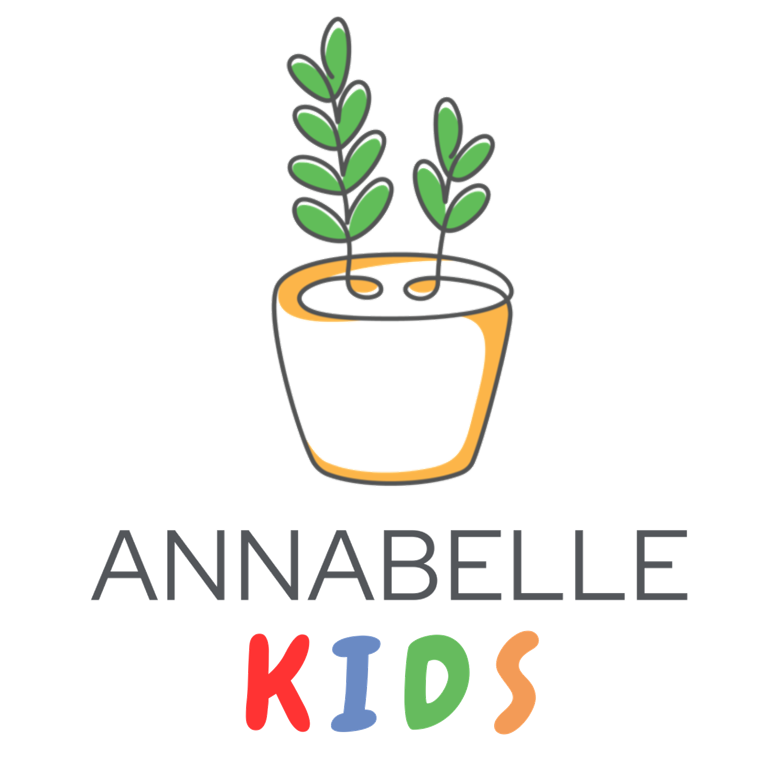5 Ways to Talk to Your Kids About Bullying
A tough one but an essential one.
On one level, we don’t want our children to be bullies. Yet, we also want them to learn what bullying is and speak up if they’re being bullied.
First things first, what is bullying?
Intentional and repeated acts against a person (or group of people) to cause distress and/or threaten (directly or indirectly) their wellbeing or safety.
In most cases of bullying, a power imbalance exists between the bully and the victim. The bully tends to have legitimate, or perceived, power and influence over the victim.
Regardless, both children who bully, or have been bullied, can develop serious implications in later life. Some bullies have even been victims of bullying.
Types of Bullying
-
Includes:
Physical acts: Hitting, kicking, tripping, pushing, breaking possessions
Verbal acts: name-calling, insulting, threatening, sexual comments
-
Often unnoticed, these are some examples to take note of:
Cyberbullying: using the internet (online messaging, social media platforms) to privately or publicly insult or tease, includes uploading, sharing and sending private and personal material or information
'Social' bullying - hurting the person's reputation or relationships: like spreading rumours, ostracism, public humiliation, getting others to not be friends with them
5 Ways to Talk about Bullying
Talk about it simply
Example: “Bullying is when someone says or does hurtful things, like calling us names, pushing us when we walk, or leaving us out of fun things.”
Talk about how it feels
Example: “Imagine, if someone does that to us. How would we feel?”
Talk about speaking up
Example: “Sometimes, the bully might tell you not to tell anyone, or they would make it worse. But telling a teacher, or me, will let us find ways to help you and stop the bullying.”
Use stories - books, TV shows, appropriate videos
Here’s a list of books to consider! Use these mediums to open a conversation.
Ask them about how they would approach it, the pros and cons of different actions or options and how they would feel in these scenarios.
Role-play!
But before you dive in, explain the kind of traits you would want them to exhibit - being brave, authentic, honest, kind, helpful, inclusive and so on.
This gives children a frame of reference to understand what the ‘template’ of behaviour is, and why you want them to be responding in certain ways!
Consider these questions:
“What could you say to someone who laughed at you for how you look?”
“What would you do to help a friend who is being teased or insulted?”
Final Words
As parents, some topics feel difficult to talk about, and we’d hope that our children would never have to experience bullying, or bully others in their lives.
Yet, by establishing a history of talking about these ‘difficult’ topics, we also model to our children that we are open to having these conversations.
So our message: don’t be afraid to have these conversations.

